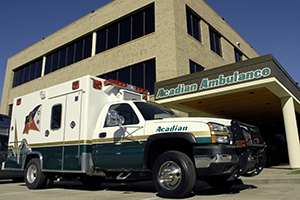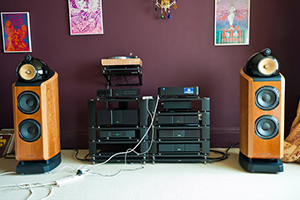Project Background
This project is all about Canada’s undying love for hockey. Our client came to us for a solution to the following dilemma: how could busy parents of young hockey players stay abreast of their child’s development and performance if they couldn’t make it to a game?
The answer? Capture the games on video. But since hockey rinks are large, utilizing one static camera wasn’t ideal. Employing several cameras was a better idea. However, a problem still remained: when you add up the cost and time for someone to work the cameras, process the footage from each one, and edit it together into a clean, compelling video, the task becomes daunting, and not reflective of a live broadcast.
The solution that our client thought of and asked us to develop was to create a digital system that could manage several cameras installed around a hockey rink. The system would switch cameras whenever the players changed direction, guaranteeing that the end-viewer would see every big play.
Solution
Sibers first task — creation and implementation of an algorithm that defined the area where the action was concentrated at any moment — was solved by our Unix team in two weeks by using C++ language based on OpenCV library.
A fish-eye camera installed above the rink provides the top plan-view, which serves as the starting point for motion detection. Generally speaking, every player is considered a moving region, and these regions move within five different rink zones. Based on the number of players within a zone, and after factoring in several other parameters, the most active zone is targeted. The system then switches to the camera that’s nearest this “hot spot”.
Our second task was to invent a predictive algorithm to ascertain where the action would most likely be. Since movement dictates which camera the system switches to, and given hockey’s lightning-quick pace, the algorithm helped us minimize the chances of missing the action in a hot spot.
After testing several algorithms, we chose the one that calculates based on the center of movement (because this gives the most precise results), and we steadily improved it.
Tech highlights
- C++
- Linux
- Qt
- OpenCV
- VLC
- Redis
Results
The system has been a resounding success and is currently used by multiple schools, colleges, and sports leagues across Canada. Live hockey broadcasts and recordings are now available to all interested parties — coaches, players, families, and fans.
In addition to improving the algorithm, Sibers is working to adapt the system for football. It’s certainly more challenging than hockey. Since football is mostly played outdoors, the fish eye camera isn’t an option. And when the camera is installed on the sideline, the players appear smaller. This makes it easier to mistake them with noise. Long story short, the algorithm requires some changes — but Sibers is up to the challenge!
Our dream is that one day, unmanned broadcasting will be possible for every indoor/outdoor team sport. In the meantime, we’re proud of our contribution to making team sports a little bit more popular — and more accessible to fans!
Customer Says
I'm actually pleased with what I am seeing, your people have done a great job! (January 2014)



